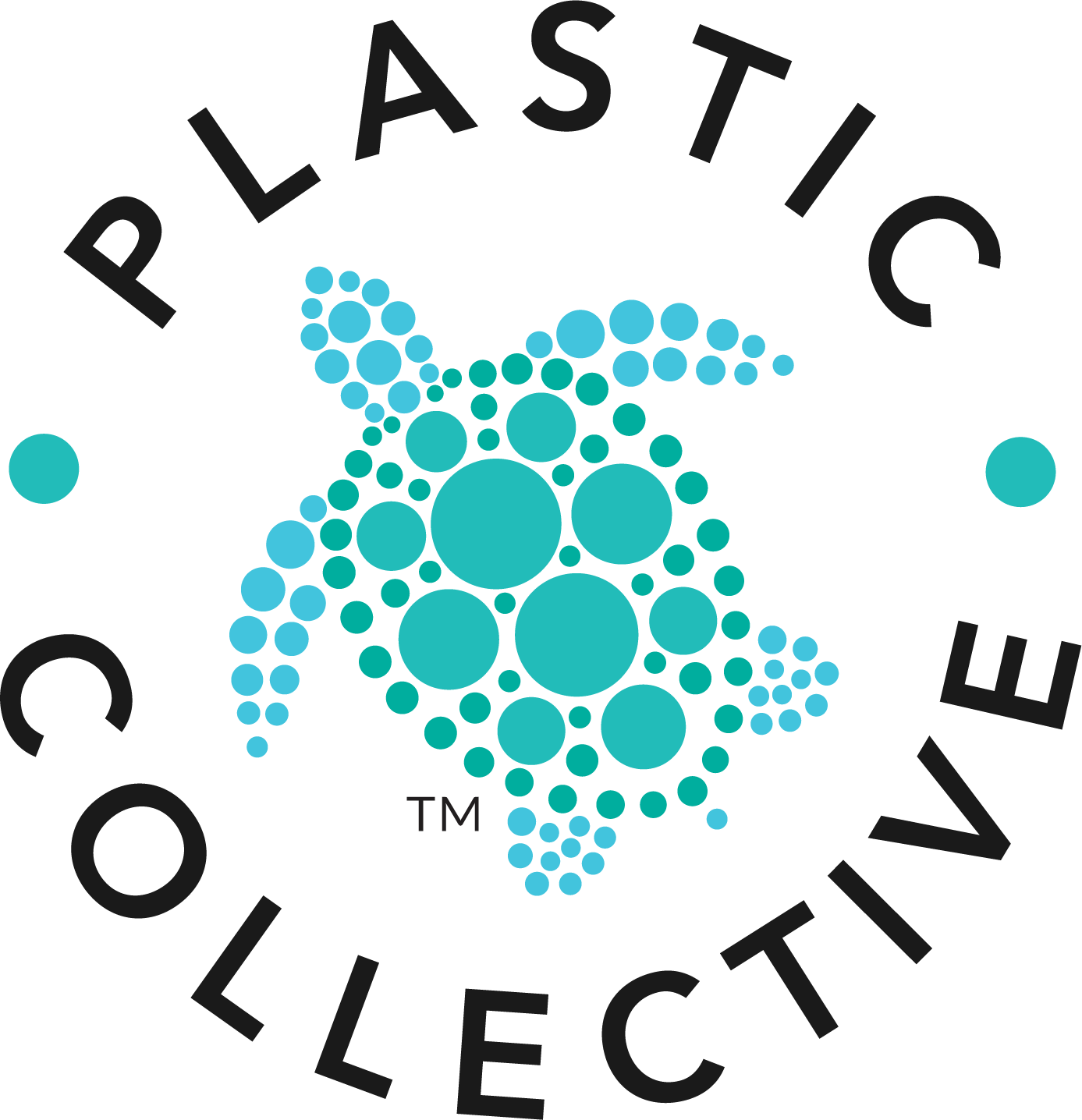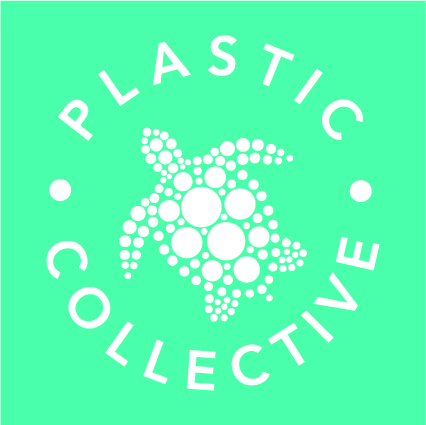What’s the problem with single use plastic?
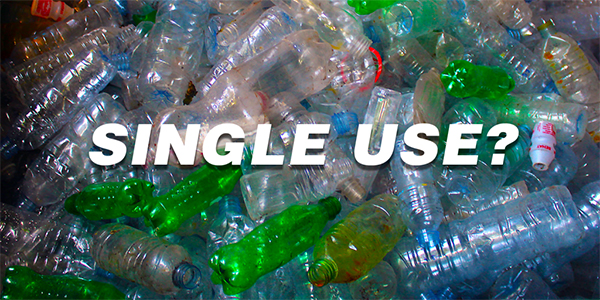
“You cannot get through a single day without having an impact on the world around you. What you do makes a difference, and you have to decide what kind of difference you want to make.” – Jane Goodall.
Overconsumption of single use plastic is causing serious global pollution problems, destroying communities and harming wildlife. We all play a part in the future, so our current choices, behaviours and values will determine what legacy we leave behind.
Developed countries, including the USA, EU, Singapore and Australia, have an estimated plastic consumption of 50 -100 kg/person/yr. While the annual consumption in the poorer developing countries, particularly Asia, Africa and South America, is between 10 – 50 kg/person/yr.
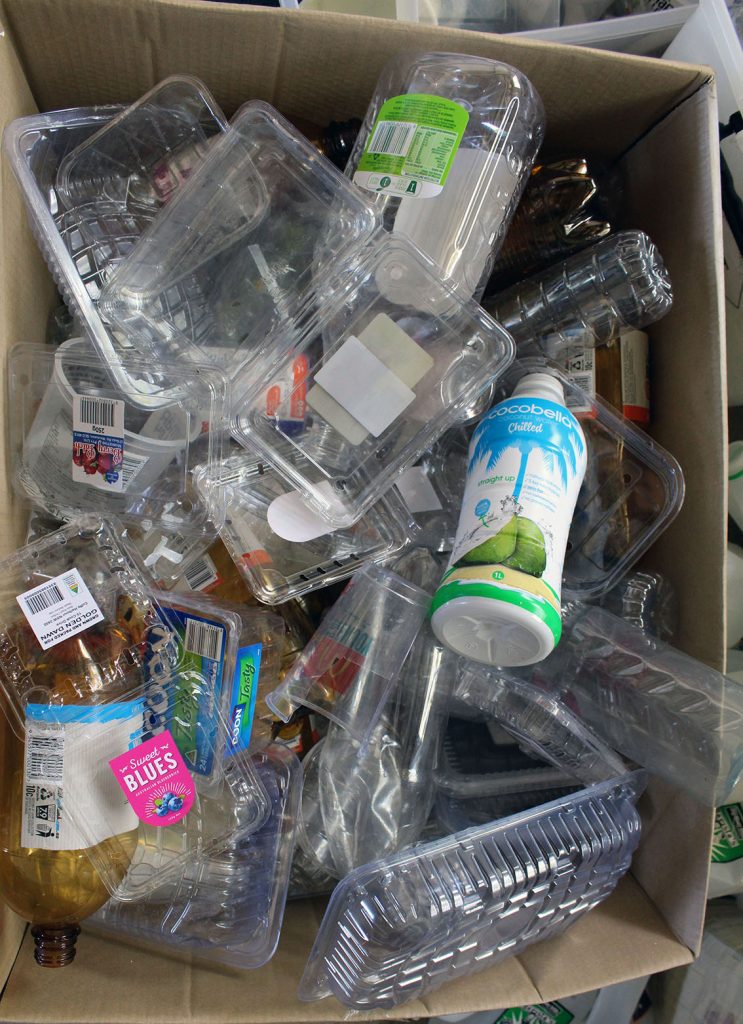
The biggest contributing industry sector of disposable plastic by far is packaging for food and drink. Of the 42% of plastics consumed in the single use food and beverage industry, 26% is from packaging alone.
Consumption rates are often linked to affluence, while pollution is closely associated to available services and transportation of materials. It is important to note that for many years, affluent countries were shipping their waste to poorer countries, essentially dumping their rubbish in regions with poor waste management services and infrastructure to deal with it, creating a false picture of where the highest plastic waste problem was actually occurring.
In 1964, 15 million tonnes of plastics were produced, compared to 311 million tonnes in 2014, and this is expected to double to over 600 million tonnes in 20 years! But only 14% of plastics are currently recycled, compared to 58% of paper and 70 – 90% of steel and iron.
While the need to rapidly implement reduction strategies at all levels of government, business and communities for single use plastics is important, we also need to urgently focus on the current plastic waste flows, so we can stop oceans bound plastic. With the expectation that oceans will contain 1 tonne of plastic for every 3 tonnes of fish by 2025, and even more concerningly, more plastic than fish (by weight) by 2050, we simply must act now to stem the tide.
There are three things that can happen to plastic waste – recycle, recovery or disposal.
‘Recycle’ is where new products are made, ‘recovery’ means to turn plastics into heat, or its original form, crude oil, gas or other ‘energy’ products, and ‘disposal’ is where plastics are either buried in landfills or beaches, dumped in rivers, oceans or environment, or burnt in households, backyards and other places.
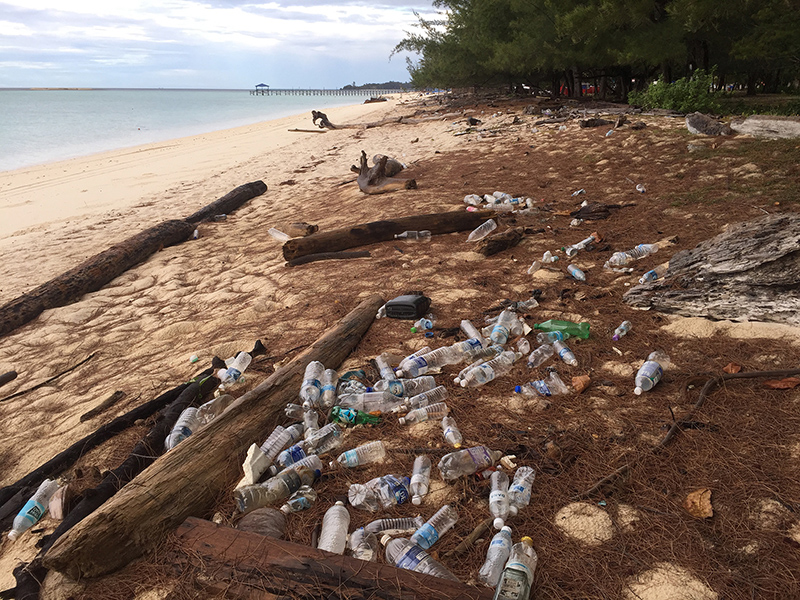
The worldwide average of plastic recycling and recovery rates are less than 15%, despite peoples desire to recycle or recover plastic waste in preference to disposal.
In Japan and some parts of Europe, they are achieving up to 60% plastic recovery rates to produce heat, oil or gas from plastic waste. In Australia our plastic recycling rate is approximately 9% and our recovery rate 6% with 175,000 tonnes of plastic waste sent to Hong Kong and Asia for the ‘recovery’ process.
The United States also has a recycling rate of approx. 9%, with massive loads of waste being sent by sea to China up until 2017. The remaining global average of 85% of plastic waste is dumped, buried or burnt. Enormous rubbish dumps sites are growing faster than populations and GDP’s.
It is clear now that we have a global disaster occurring from plastic waste pollution. In addition to reducing consumption, additional new strategies are required to rapidly stop the disposal of plastics in all countries and communities to increase current recovery and recycling rates and prevent plastic waste.
The one major difference between disposal and recovery/recycling is Value. When you value something, you do not throw it away or dispose of it. It is no longer waste but rather becomes a resource.
To reach 100% Plastic recycling and recovery, and 0% disposal into landfill and oceans, we need to Value all plastics, and if we can not find any value in it, we need to simply not use it.
When value is created, ‘waste mismanagement’ becomes ‘resource recovery’. In this manner we can still use plastics that CAN be recycled by ensuring access to the tools and equipment necessary to safely recover plastics VALUE.
